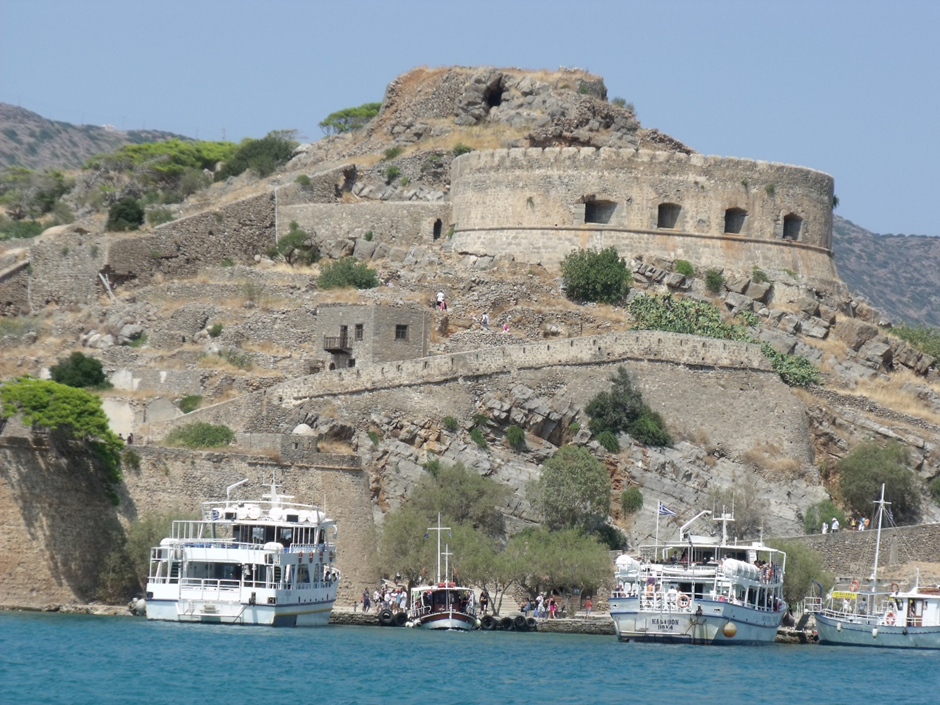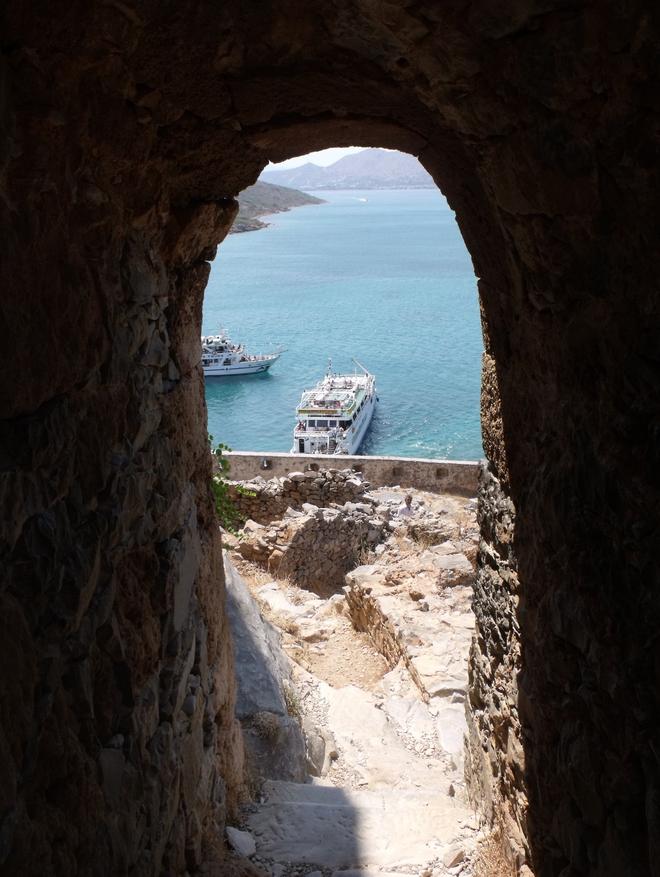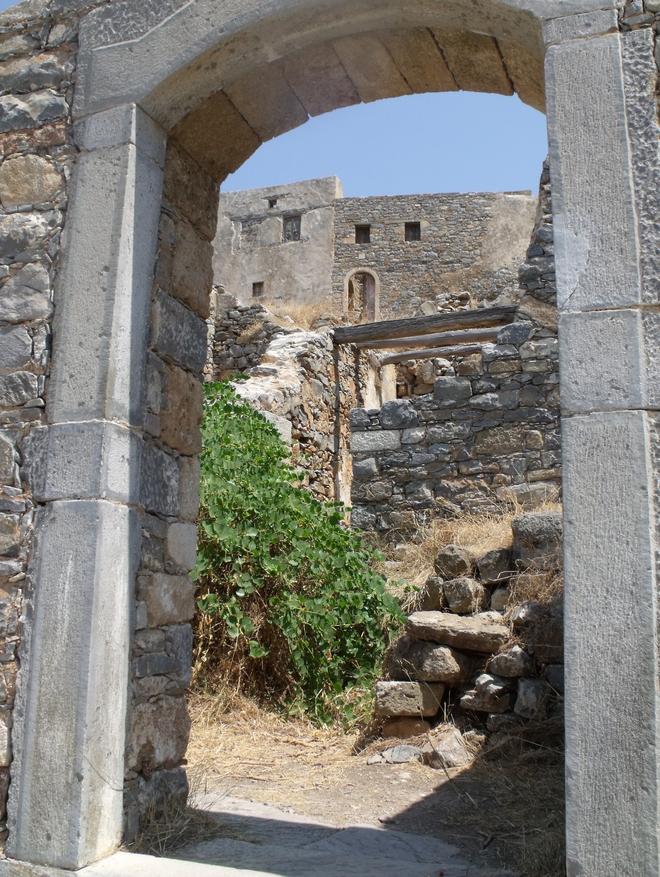
+1 234 567 8910
The Island
by Victoria Hislop

Victoria’s books are quite hefty but don’t let that put you off! ‘The Island,’ her debut novel, became an international best seller, winning Victoria the ‘Newcomer of the Year’ award in 2007 and was chosen by Richard and Judy as one of their good read books.
A mix of fact and fiction, ‘The Island’ is a tale of four generations from the 1930s to the present day and begins with Alexis Fielding wanting to discover more about her mother’s secret past. Deciding to visit her mother’s birth place of Plaka on the Island of Crete, she is given a letter to take to an old friend who will reveal long hidden secrets about her family’s tragic past, the story her mother has spent her whole life concealing, and their connection with the leper colony on the island of Spinalonga.
The story then centres on Maria, a young teacher who has caught leprosy and is banished to Spinalonga along with a 10-year-old boy from the same village, who she takes care of as he has no family on the island.
The story details life on Spinalonga for Maria and her fellow sufferers and the lively community that is created there. Despite the gloom and fear of the disease, inhabitants maintain a good quality of life. There are visits from doctors, clean running water, shops, a cinema and regular postal deliveries. It becomes a place where people are encouraged to live life to the fullest for as long as they can in the shadow of their illness and life on the mainland.
When I first read the book, I had no idea that Spinalonga existed, I assumed it was fictional, so I was surprised to find that it was indeed a leper colony dating from the 18th century until the last leper left (cured) in 1957.
The book is well researched, descriptive and really brings home the emotions of being forced away from your family and the fear and sadness this caused, but it also highlights how the inhabitants worked together to create a thriving bustling community, taking in unaccompanied children and making everyone feel welcome. It is a tale of love, tragedy, betrayal, courage and loyalty but ultimately of hope.
A couple of years after reading this book I was lucky enough to holiday on Crete and ensured that we had a visit to Spinalonga. As we approached the island with its forbidding stone walls, I could imagine how Maria must have felt as she arrived. On first glance, it appears to be a stark desolate island. Stepping onto land, I walked gingerly through the dark stone archway and emerged into bright sunlight and the main street – an emotional and pinch me moment that brought the book to life and made me want to immediately re- read it! Visitors are free to wander all over the island and explore the remains of houses and shops, the hospital, the baking ovens and graveyard. It is an amazing place and I wished I could have spent longer there, soaking up the atmosphere and visualising the bustling community that had once existed.
Let me know what you think.

